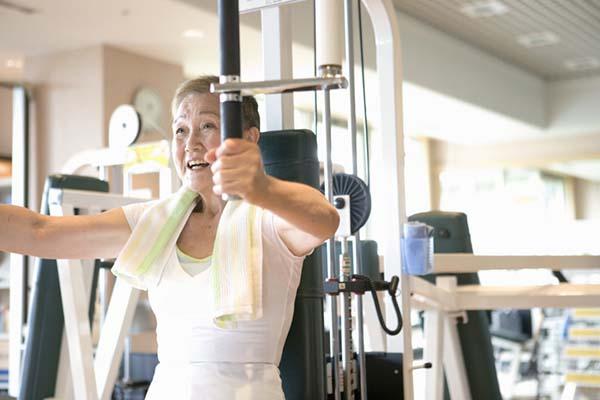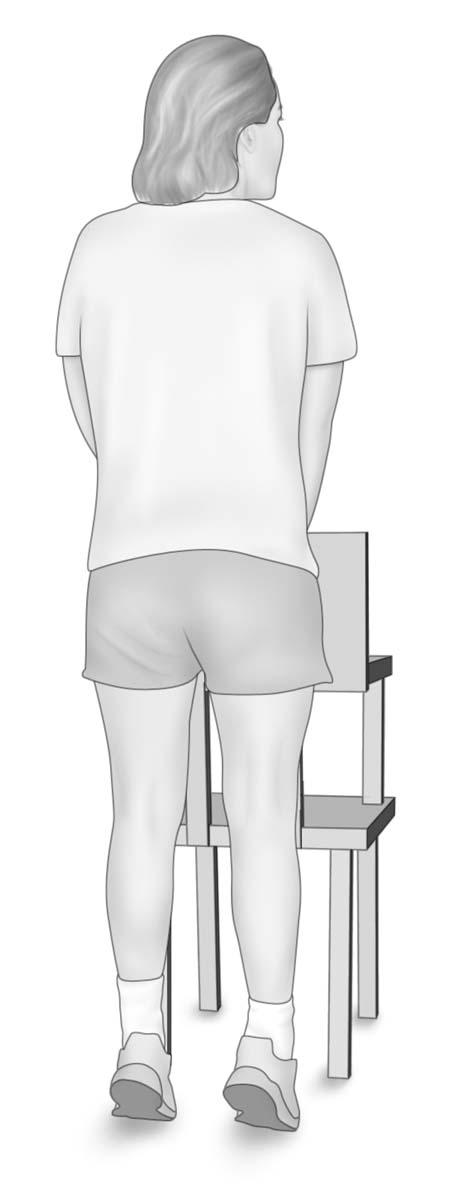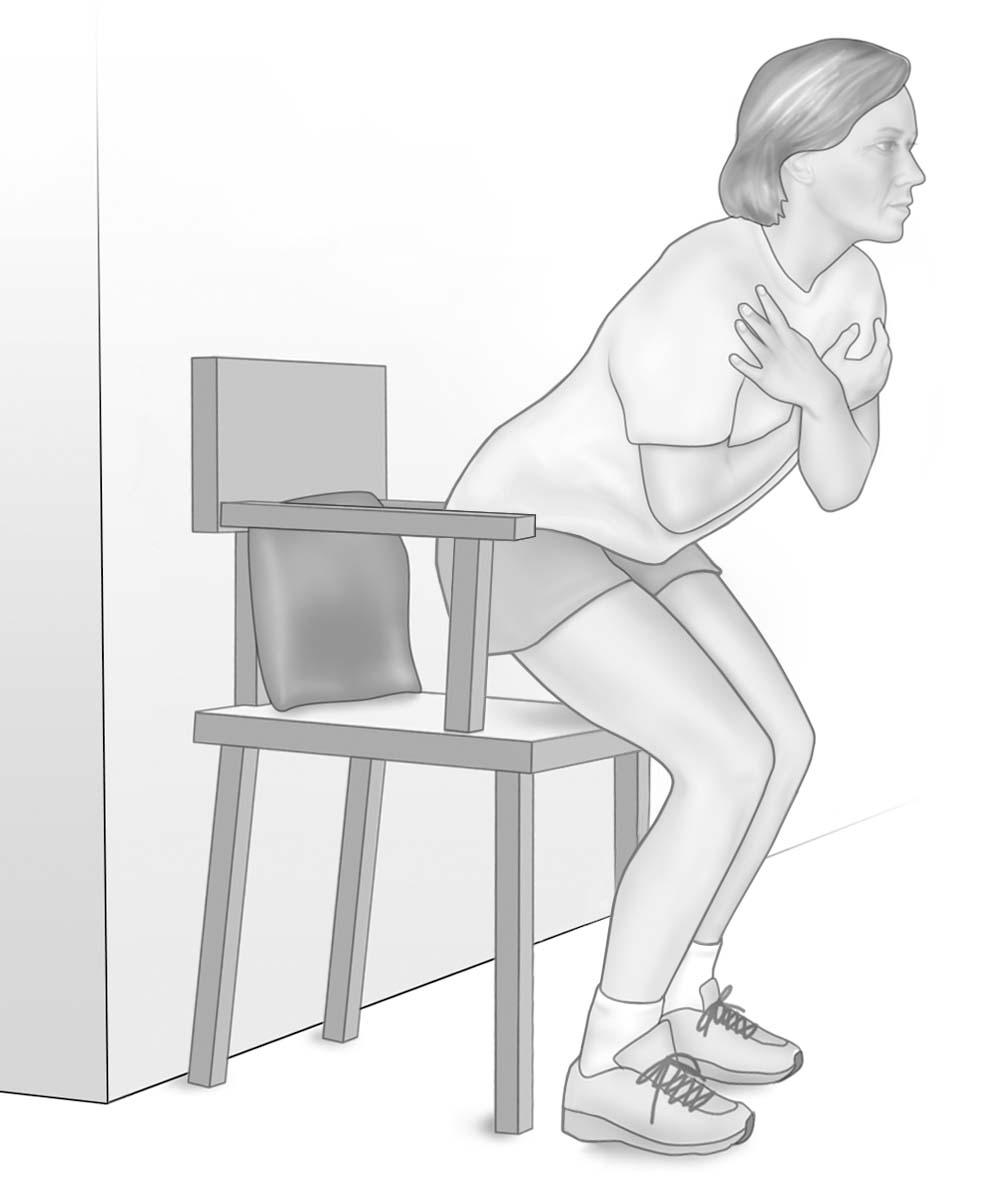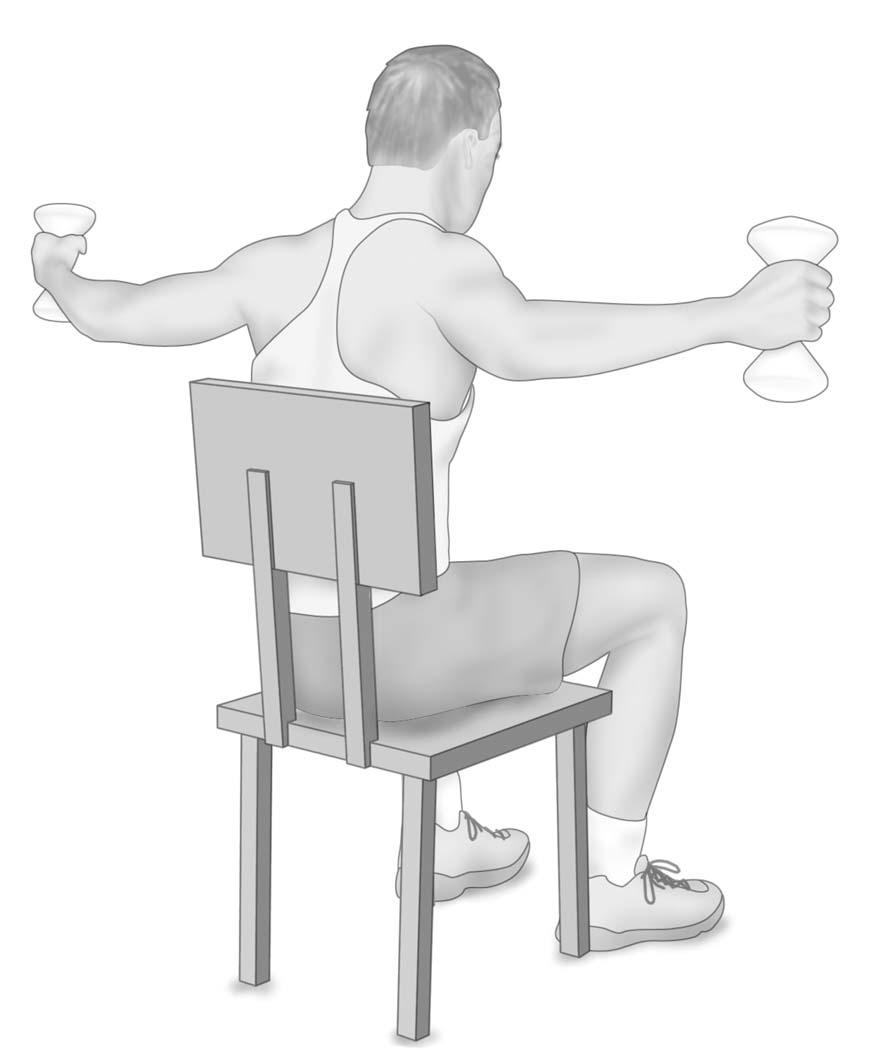A guide to combatting sarcopenia and preserving muscle mass as you get older
- Reviewed by Howard E. LeWine, MD, Chief Medical Editor, Harvard Health Publishing; Editorial Advisory Board Member, Harvard Health Publishing

Sarcopenia is the progressive loss of muscle mass and function that occurs as a natural part of aging. It affects about 5% to 13% of people ages 60 to 70, and up to 50% of people who are 80 or older.
Strong muscles help you carry groceries, climb stairs, swing a golf club, and get out of a chair. They harvest oxygen and nutrients from the blood more efficiently than weak muscles, and burn more calories without even trying, which helps with weight control.
So it may not come as a surprise that loss of muscle mass has many downsides. Sarcopenia is closely linked with a greater incidence of falls and makes you more likely to break a bone. It can also put you at risk for post-operative complications, longer hospital stays, and is linked with metabolic disorders, cognitive impairment, and mortality. All these factors can cause loss of independence and may make it harder for you to age in place safely.
Sarcopenia: A look at age-related muscle loss
Both men and women naturally start losing muscle mass as they get older. For most people, it's a gradual decline of about 3% to 5% each decade, starting at age 30.
Getting older is a major (and unavoidable) cause of muscle loss, but other factors that can affect muscle mass include inactivity, obesity, insulin resistance, malnutrition, and inadequate protein intake. Conditions including cancer, liver disease, kidney dysfunction, and metabolic disorders are also linked with loss of muscle mass.
Here's how it works for the average person: As you age, the number and size of your muscle fibers shrinks, causing your muscles to thin, or atrophy. At the same time, your body starts producing fewer of the proteins your muscles need to grow, causing your muscle cells to get smaller. This one-two punch makes it harder to build and maintain muscle mass. Hormonal changes also affect your muscle fibers. All of these natural changes lead to reduced muscle mass.
Sarcopenia affects men and women equally. Symptoms of sarcopenia include difficulty performing everyday activities like climbing stairs or walking briskly; loss of stamina; poor balance and falls; and a decrease in muscle size.
While you may not be able to completely prevent age-related sarcopenia, you can take steps to slow its progression.
Strength training: Building muscle through exercise
You can build stronger muscles by strength training, which uses resistance (like body weight, free weights, elastic bands, or specialized machines) to build muscle, or by power training, which focuses on both strength and speed. Ideally, you'd do a combination of both, as they help build and maintain muscle and can also bolster your bones by stimulating them to get stronger.
On the flip side, people who don't do strength training as they age can expect to lose four to six pounds of muscle per decade — and that muscle is often replaced by fat.
You're never too old to benefit from the gains made through strength and power training. But if you've never done it before or if you're dealing with a chronic condition, talk to your doctor before starting. You also might consider working with a certified personal trainer, physical therapist, or physiatrist to help you learn proper form and avoid injury.
Strength training exercises to try
Standing calf raise
Exercises the calf muscles

Stand with your feet flat on the floor. Hold on to the back of a chair for balance. Raise yourself up on the balls of your feet. Hold briefly, then lower yourself. Do eight to 12 repetitions. Rest and repeat the set.
Power move: Rise up on the balls of your feet quickly. Hold briefly. Lower yourself at a normal pace. Do six to 10 repetitions.
Chair stand
Exercises the muscles of the abdomen, hips, front thighs, and buttocks

Place a small pillow at the back of your chair and position the chair so that the back of it is resting against a wall. Sit at the front of the chair, knees bent, feet flat on the floor and slightly apart. Lean back on the pillow in a half-reclining position with your arms crossed and your hands on your shoulders. While keeping your back and shoulders straight, raise your upper body forward until you are sitting upright. Stand up slowly, using your hands as little as possible. Slowly sit back down. Do eight to 12 repetitions. Rest and repeat the set.
Power move: Rise from the chair quickly. Sit down again at a normal pace. Do six to 10 repetitions.
Reverse fly
Exercises the muscles of the shoulders and upper back

Sit in a chair holding weights about 12 inches in front of your chest. Your elbows should be up and slightly bent, and palms should be facing each other (as if your arms are wrapped around a large beach ball). Lean forward at a slight angle in the chair, bending from your hips and keeping your back straight. Now, pull the weights apart while trying to bring your shoulder blades as close together as possible. Let the movement pull your elbows back as far as possible. Pause. Return to starting position. Do eight to 12 repetitions. Rest and repeat the set.
Power move: Pull the weights back quickly. Hold briefly. Bring arms back together at a normal pace. Do six to 10 repetitions.
Overhead press
Exercises the muscles of the shoulders, upper back, and back upper arms

Stand with your feet slightly apart. Hold a dumbbell in each hand at shoulder height (your elbows should be bent, and the weights should be by your shoulders). Hold the weights so your palms are facing forward. Slowly press the weights straight up until your arms are fully extended. Pause. Slowly lower the dumbbells to shoulder level. Do eight to 12 repetitions. Rest and repeat the set.
Power move: Lift the weights quickly. Hold briefly. Lower your arms at a normal pace. Do six to 10 repetitions.
Building muscle through proper nutrition
It's easier to build muscle when you're eating enough of the right foods. Most people know that you need quality sources of protein in your diet to help build lean muscle mass, but you also need carbohydrates for fuel and energy, and healthy fats such as olive oil, avocados, nuts, and fatty fish to help supply energy to muscles.
The role of protein in maintaining muscle
Getting enough protein is essential for regulating your immune system, hormone production, growth, and, yes, building lean muscle mass. Your body uses protein to help build and repair the small tears created by strength training.
The Recommended Daily Allowance (RDA) for protein is 0.8 grams of protein per kilogram of body weight (or 0.36 grams per pound). The USDA's online tool can help you calculate your exact needs, but if you're trying to build muscle, you may want to aim for a slightly higher number. Research suggests that increasing your daily protein intake to 1 to 1.2 grams per kilogram (kg) of body weight per day can help repair muscle fibers broken down through regular strength and power training.
Lean chicken, eggs, milk, Greek yogurt, and whey- or plant-based protein powders can all help you meet your protein needs, as can these high-protein snacks.
Why it's important to preserve muscle as you get older
Preserving muscle mass as you age is crucial to helping you stay strong, balanced, and independent.
But gaining and maintaining muscle has some unexpected benefits too, such as improving your heart health, helping to control your blood sugar, improving cholesterol levels, and helping to keep weight within a healthy range. It can also improve longevity, with one study finding that middle-aged adults who did just one to three strength workouts a week were 40% to 70% less likely to have a heart attack or stroke. And, because weight and power training helps strengthen the muscles around your joints, it can expand range of motion in joints, and help prevent or ease lower back pain. Finally, a strength or power training session can even boost your mood, which is in itself a pretty good reason to hit the weights with regularity.
About the Author

Lindsay Warner, Content Licensing Editor, Harvard Health Publishing
About the Reviewer

Howard E. LeWine, MD, Chief Medical Editor, Harvard Health Publishing; Editorial Advisory Board Member, Harvard Health Publishing
Disclaimer:
As a service to our readers, Harvard Health Publishing provides access to our library of archived content. Please note the date of last review or update on all articles.
No content on this site, regardless of date, should ever be used as a substitute for direct medical advice from your doctor or other qualified clinician.















